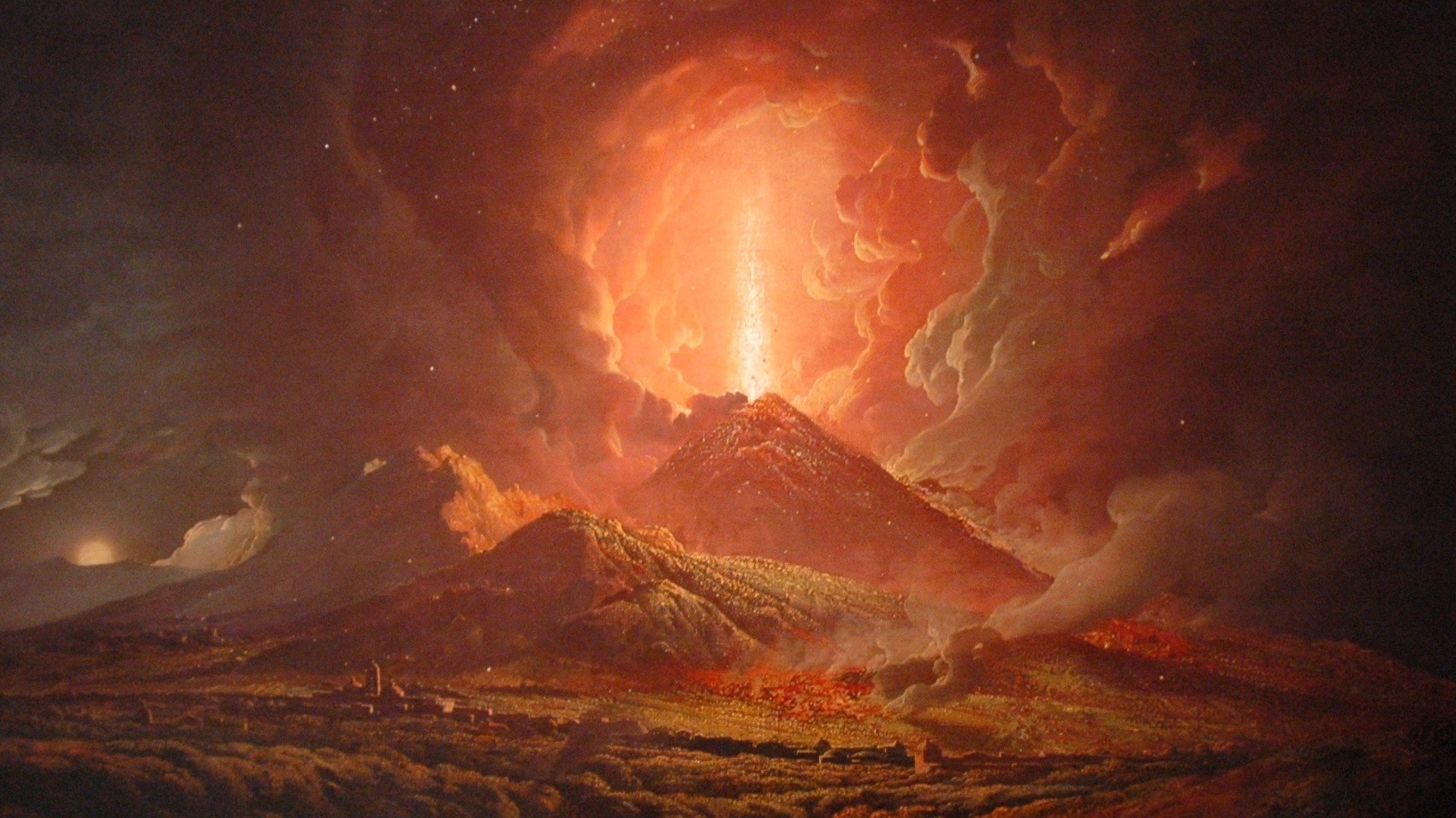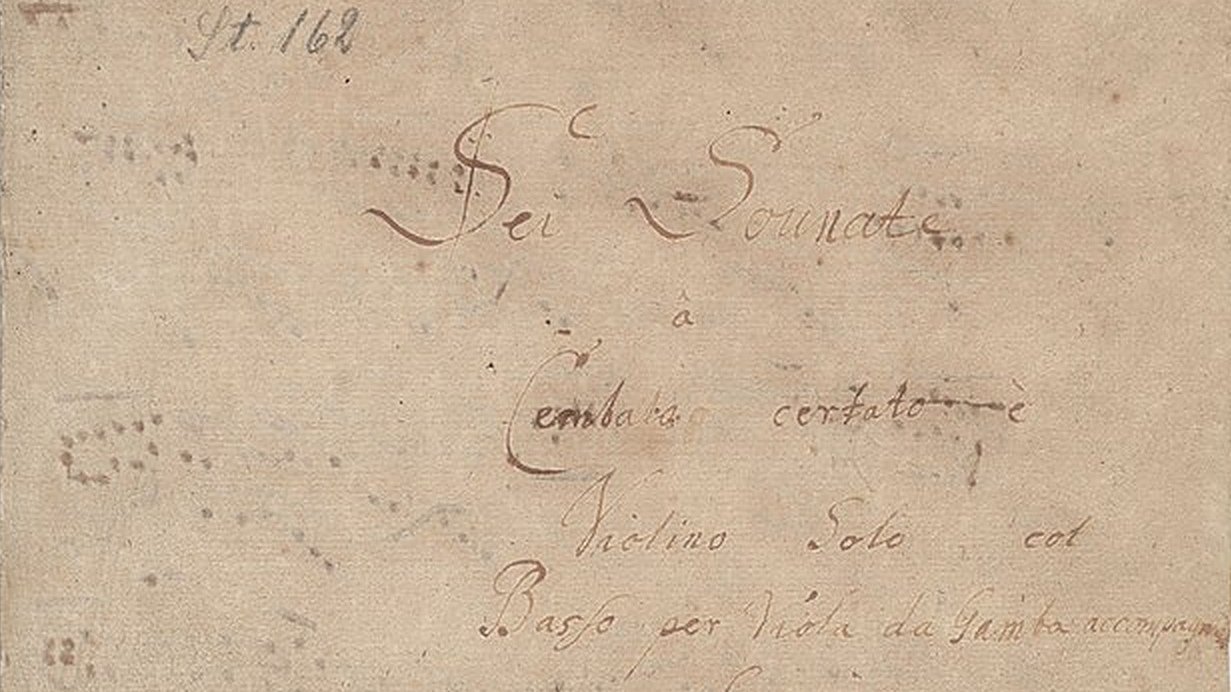Bach’s Sinfonia from Cantata, BWV 21 (“Ich hatte viel Bekümmernis”): A Portrait of Greif
J.S. Bach composed the Cantata, Ich hatte viel Bekümmernis, BWV 21 (“I had much grief”) in 1713 during his tenure as director of music at the court of Weimar. It was first performed a year later on the third Sunday after Trinity. Themes of suffering, grief, and mourning dominate the opening section of the Cantata, which, as conductor John Eliot Gardiner observes, is “set almost obsessively in C minor.” It is a …







